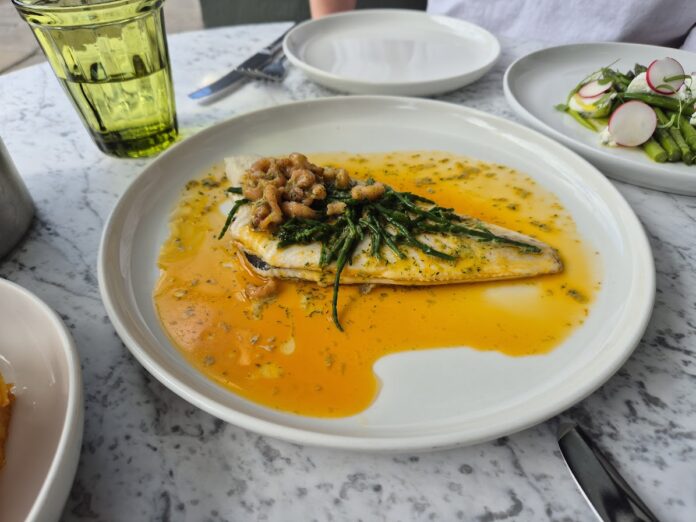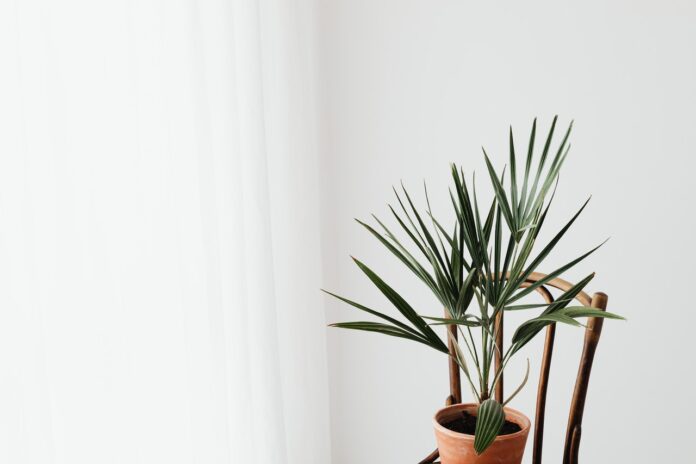As budget airlines continually tighten their luggage restrictions, mastering the art of cabin-bag-only travel has become less of a lifestyle choice and more of a necessity for the frequent European city-breaker.
EasyJet currently allows a reasonably generous 45 x 36 x 20 cm cabin bag, while Ryanair’s free allowance has shrunk to a challenging 40 x 20 x 25 cm—about the size of a large handbag. With checked luggage fees often exceeding the cost of the flight itself, there’s never been more incentive to pack strategically and travel light.
Many travellers discover this challenge the hard way on their first weekend trips abroad, arriving at the gate with oversized bags and facing unexpected fees or hasty repacking. Yet embracing these limitations can actually enhance your travel experience. Moving between airports and hotels becomes effortless, baggage reclaim queues become a thing of the past, and navigating narrow European alleyways turns from frustration to pleasure.
The secret isn’t just packing less—it’s packing smarter. Sure, you might have scored an absurdly cheap flight to Ljubljana, but with luggage dimensions ever shrinking, it’s not just about saving every penny – every centimetre matters, too.
The Capsule Wardrobe Approach
The concept of a capsule suitcase has saved countless travellers from excess baggage fees and packing headaches. The approach revolves around selecting a limited palette of complementary colours where everything pairs with everything else.
For a typical four-day city break, consider one pair of comfortable walking trousers, one dress or smart outfit that can be dressed up or down, three tops that can be layered in different combinations, and one light jacket or cardigan. Block colours work better than patterns.
Worried that’s all sounding a bit soulless? Well, as the team at Teddy Howler Jewelry so sagely intone, accessories that elevate day outfits for evening wear can provide the necessary variation. Indeed, accessories are key to making a capsule wardrobe go further, however the key is to be ruthless in your versatility. A silk scarf, for instance, serves multiple purposes: as a headband, a top accessory, or wrapped around the handle of a plain bag for evening drinks. It can even be used to protect yourself from the rain or sun depending on the season.
Consider bringing a beret to add a pop of colour and a distinctive touch to your capsule wardrobe – perhaps a bit cliché, but undeniably European in its charm. Remember that each item you select should earn its place by integrating seamlessly with everything else you’ve packed.
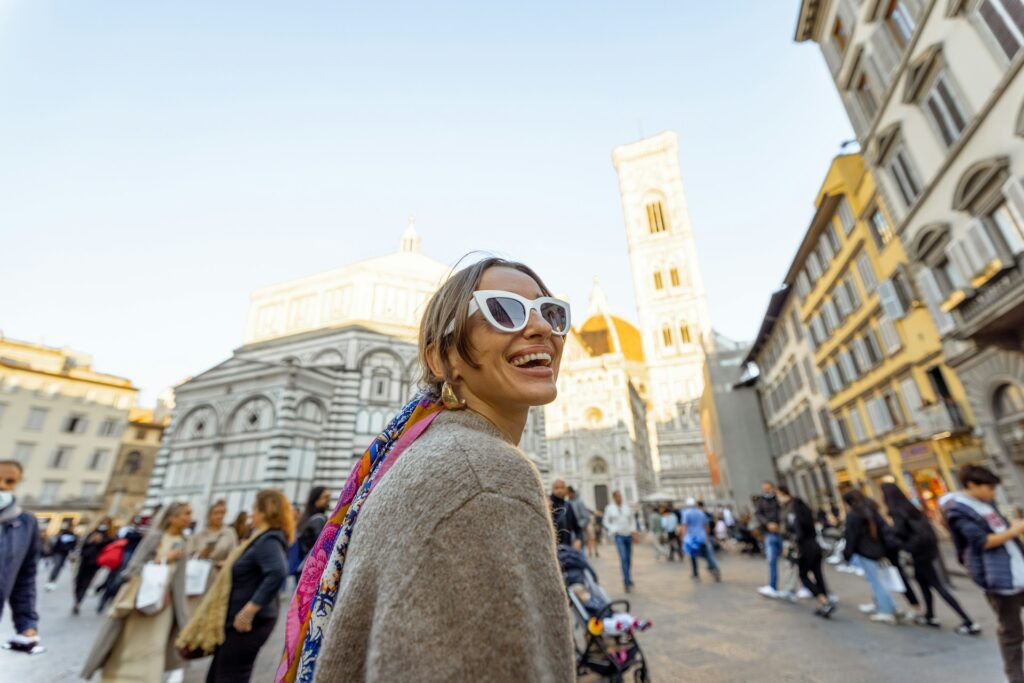

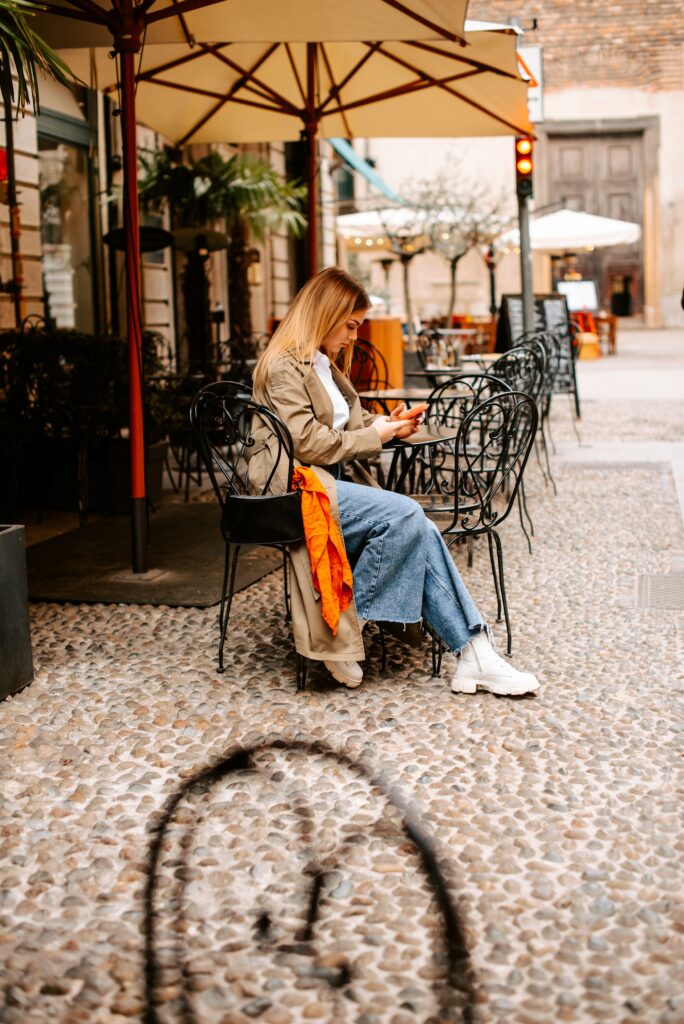
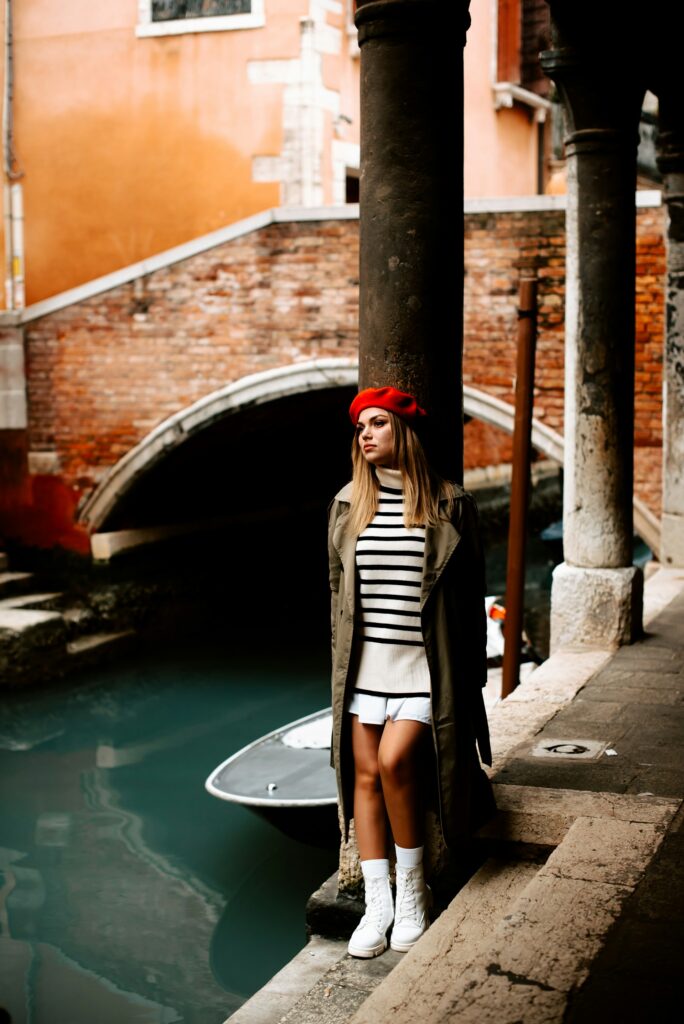
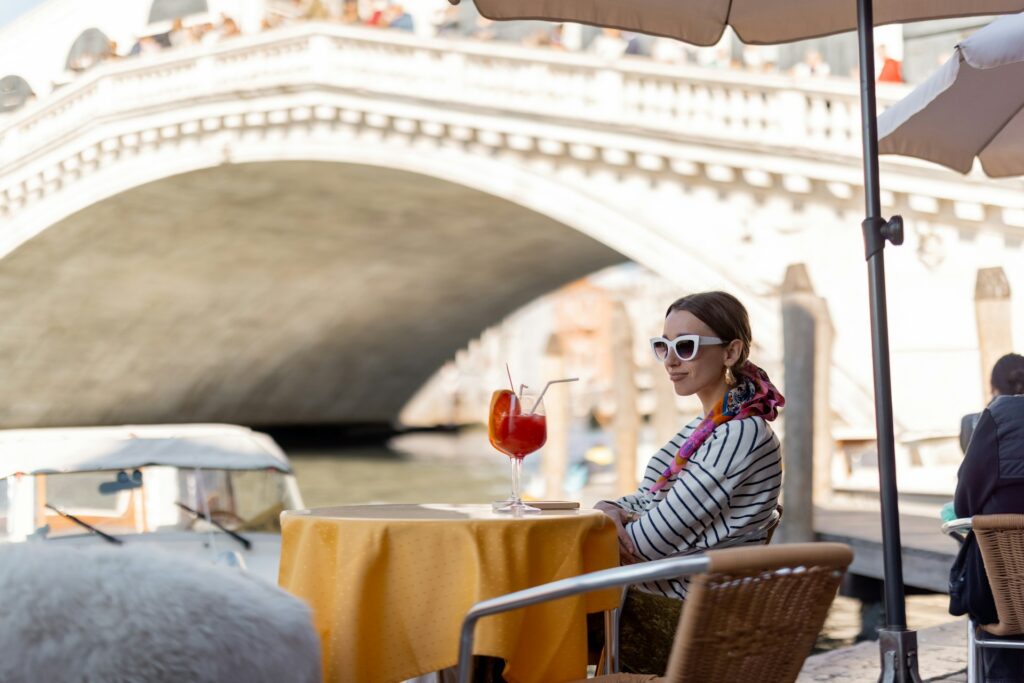
The Art Of Efficient Folding
Several folding techniques have proven effective for maximising limited cabin bag space while minimising creases. The KonMari vertical folding technique has clothes standing upright like files in a cabinet, allowing you to see everything at once rather than digging through layers.
While this approach works brilliantly for travel organisation, the traditional rolling method still offers advantages for certain garments. Rolling reduces creases and saves significant space, particularly for casual items like t-shirts and jeans.
For more delicate items, the bundle technique often yields impressive results. The method involves placing your most crease-prone garment flat as a base, then adding subsequent items at different angles, folding the edges inward to create a compact bundle. This technique is particularly effective for keeping formal shirts and blouses presentable throughout your journey.
Read: 8 packing tips that will make preparing for your next holiday so much easier
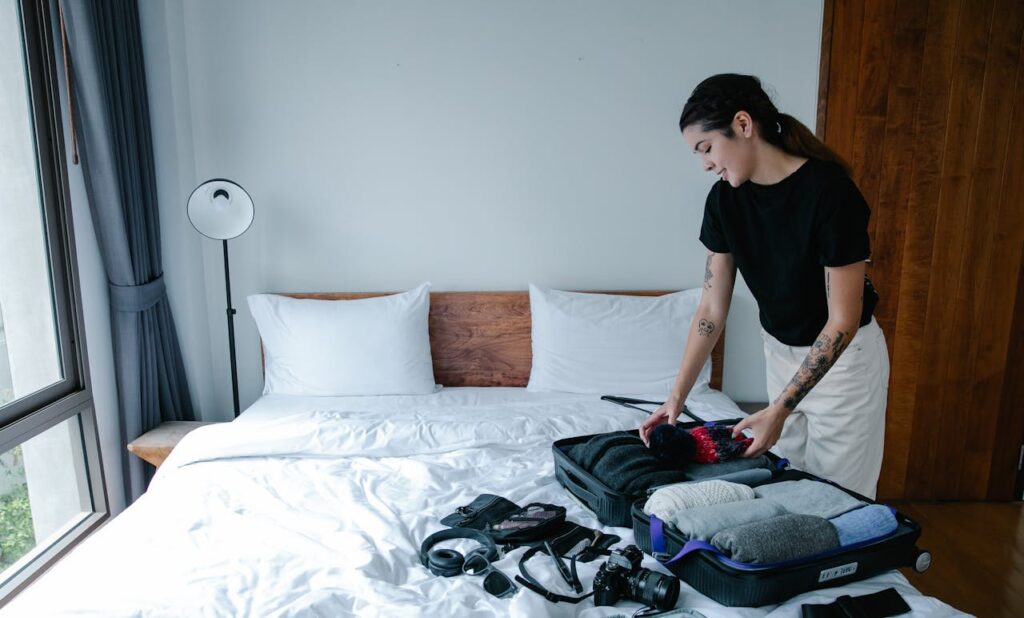
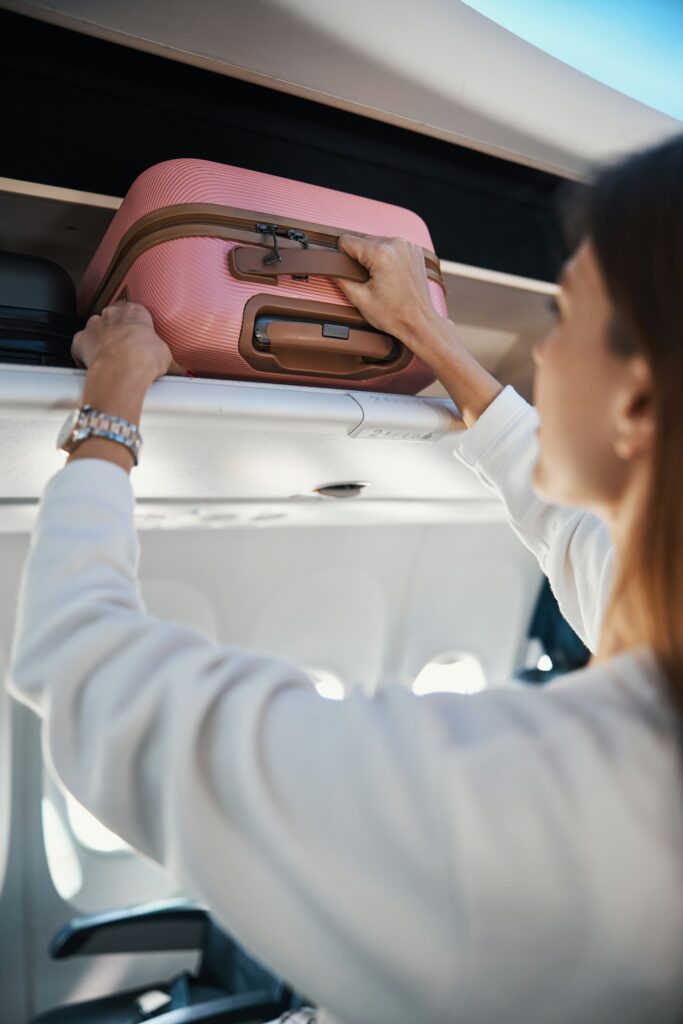
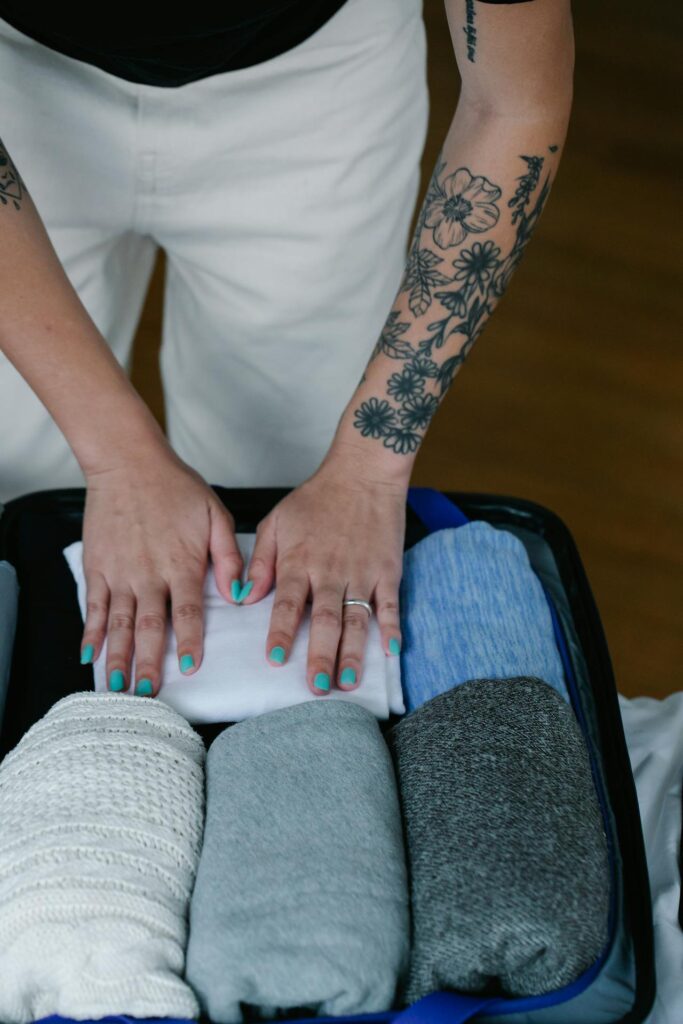
Beyond Clothing: The Liquid Challenge
Perhaps the most challenging aspect of cabin-bag travel is navigating the 100ml liquid restriction, especially for those unwilling to compromise their skincare routine.
Decanting products into smaller containers is an essential skill. Most travellers apply more product than necessary, meaning smaller quantities than you might expect will suffice for a weekend away.
Multi-purpose products offer another solution. BB creams with SPF replace three separate products. Solid shampoo bars eliminate a liquid entirely. And many high-end hotels and resorts now provide quality toiletries—research before you go to avoid packing duplicates.
Alternatively, there’s a credible argument to packing absolutely no toiletries at all. Simply buy your toothbrush, toothpaste, deodorant and face wash at your destination, in miniature size to avoid wastage.
The Psychology Of Packing Light
What’s most interesting about adapting to cabin-bag travel is the mindset shift it requires and rewards. Constraints initially viewed as limitations become a path to freedom.
Many of us pack based on insecurities—multiple outfit options for each day in case we don’t feel confident in our first choice. Learning to bring only clothes you know work well allows you to focus on the experience instead of wardrobe anxiety.
A valuable perspective that’s worth repeating: almost anything can be purchased at your destination in an emergency. Few travellers ever regret packing too little, but many frequently regret packing too much.
Of course, it’s essential to start with a light cabin bag in the first place. Don’t let let heavy luggage weigh you down as lightweight suitcases mean you can take full advantage of your weight allowance.
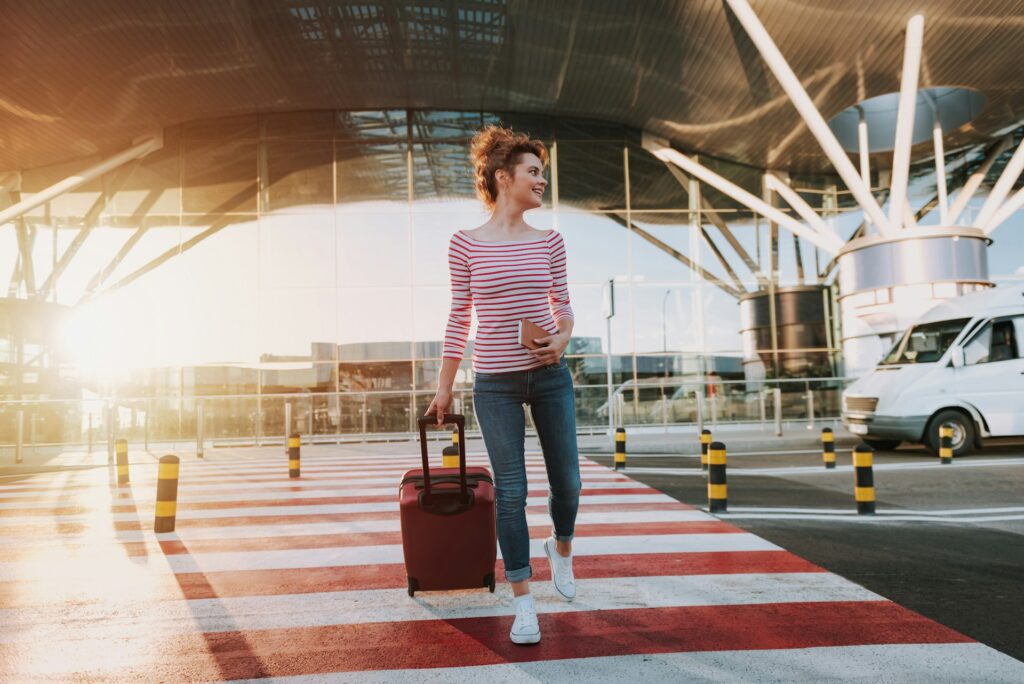
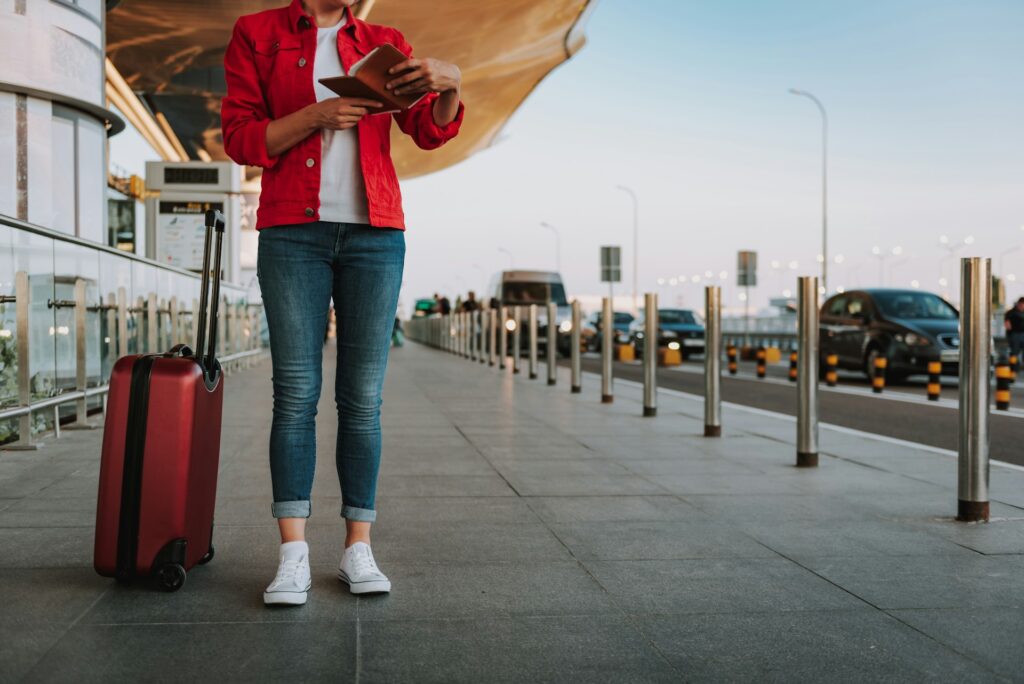
Wearable Luggage 101
Perhaps the most practical cabin bag hack is one that will raises eyebrows at check-in: wearing multiple layers of clothing to the airport. This isn’t merely about donning a coat to save space—it’s about transforming yourself into a walking suitcase.
The record allegedly belongs to a Scottish traveller who boarded a flight from Glasgow wearing 12 layers of clothing, including two pairs of jeans, five t-shirts, three jumpers, and two jackets. They ended us passing out due to overheating – the lesson here, we’re not sure of. While this extreme approach might cause you to resemble the Michelin Man, a more moderate version works brilliantly.
Perhaps don’t be so extreme, but do consider the strategic layering method: wear your bulkiest shoes, heaviest jeans, a t-shirt, a light jumper, and your coat. Once aboard, you can remove layers and fold them neatly for the journey. Some clever travellers even invest in specialised travel jackets with up to 20 pockets, effectively adding an extra bag’s worth of storage to your person.
Another delightfully unorthodox trick: the ol’ pillow loophole. Most airlines allow a pillow in addition to your cabin bag. A pillowcase stuffed with soft clothing items serves as both extra storage and in-flight comfort. Just be prepared to demonstrate its genuine pillow functionality if questioned.

Smart Organisation Strategies
Beyond conventional advice, some seasoned travellers swear by vacuum compression bags, though with a twist—using the airplane lavatory hand dryer as an impromptu vacuum when the bags inevitably re-inflate during security checks.
Repurposing everyday items is another hallmark of clever packers. The humble shower cap from your last hotel stay becomes a brilliant shoe cover, keeping dirty soles from contaminating your clothes. Meanwhile, contact lens cases make perfect miniature containers for tiny amounts of face cream or foundation—far smaller than standard travel containers.
Utilising often-overlooked empty spaces also maximises capacity. Shoes contain significant unused volume perfect for storing socks, chargers, or anything small and soft. Even the inside of a hairbrush cover can hold earrings or similar small accessories.
Designing your packing strategy with airport security in mind saves considerable hassle. Placing your clear toiletry bag in an easily accessible exterior pocket means you won’t need to dismantle your carefully packed bag at security screening.
The Emergency Underwear Strategy
One particularly brilliant piece of packing wisdom comes from the backpacking community: the ‘emergency underwear budget’. Instead of packing seven pairs for a week-long trip, bring three with the idea of washing them by hand at the hotel and set aside €20 for emergency underwear purchases. Anyway, this not only saves packing space but provides an amusing story about the time you panic-bought undergarments in a Barcelona department store with only rudimentary Spanish (bet you’re fun at parties).
Similarly, consider the ‘progressive souvenir strategy’ —begin with a cabin bag that’s only three-quarters full, allowing space to accumulate meaningful souvenirs rather than frantically trying to cram them in or ship them home separately.
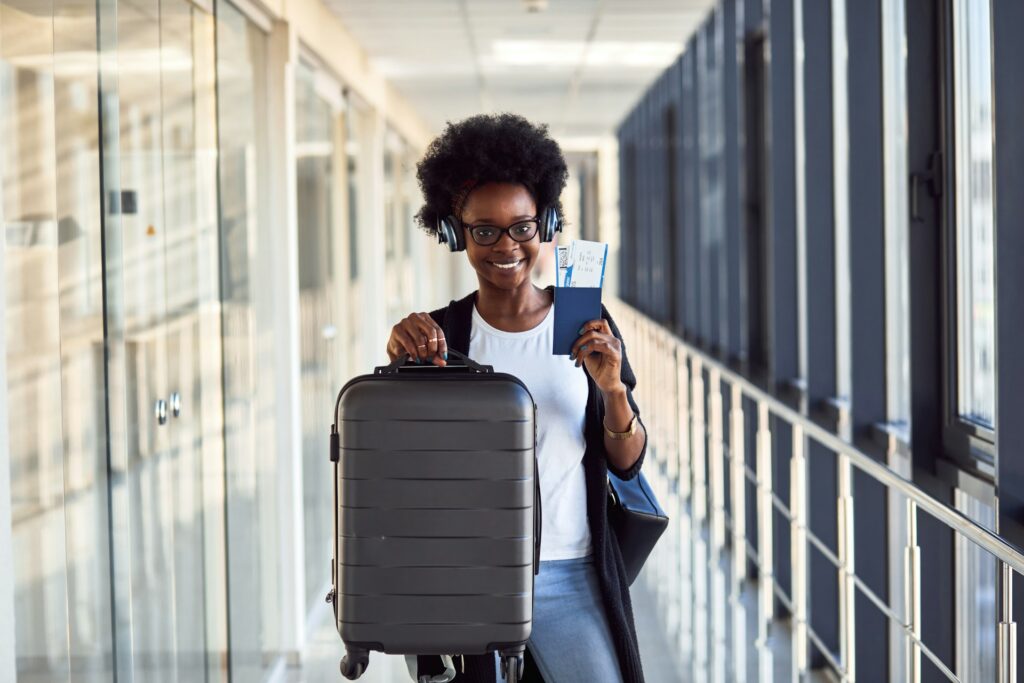
The Bottom Line
As experienced travellers discover over countless European weekends, there’s something deeply satisfying about the minimalist approach to travel. Without the burden of excessive luggage, you move through cities more like a local than a tourist. You’re free to spontaneously change hotels, accept unexpected invitations, or even extend your stay without the anchor of possessions weighing you down.
After all, the most precious things you’ll bring back aren’t packed in your luggage at all—they’re the experiences you collect along the way.

